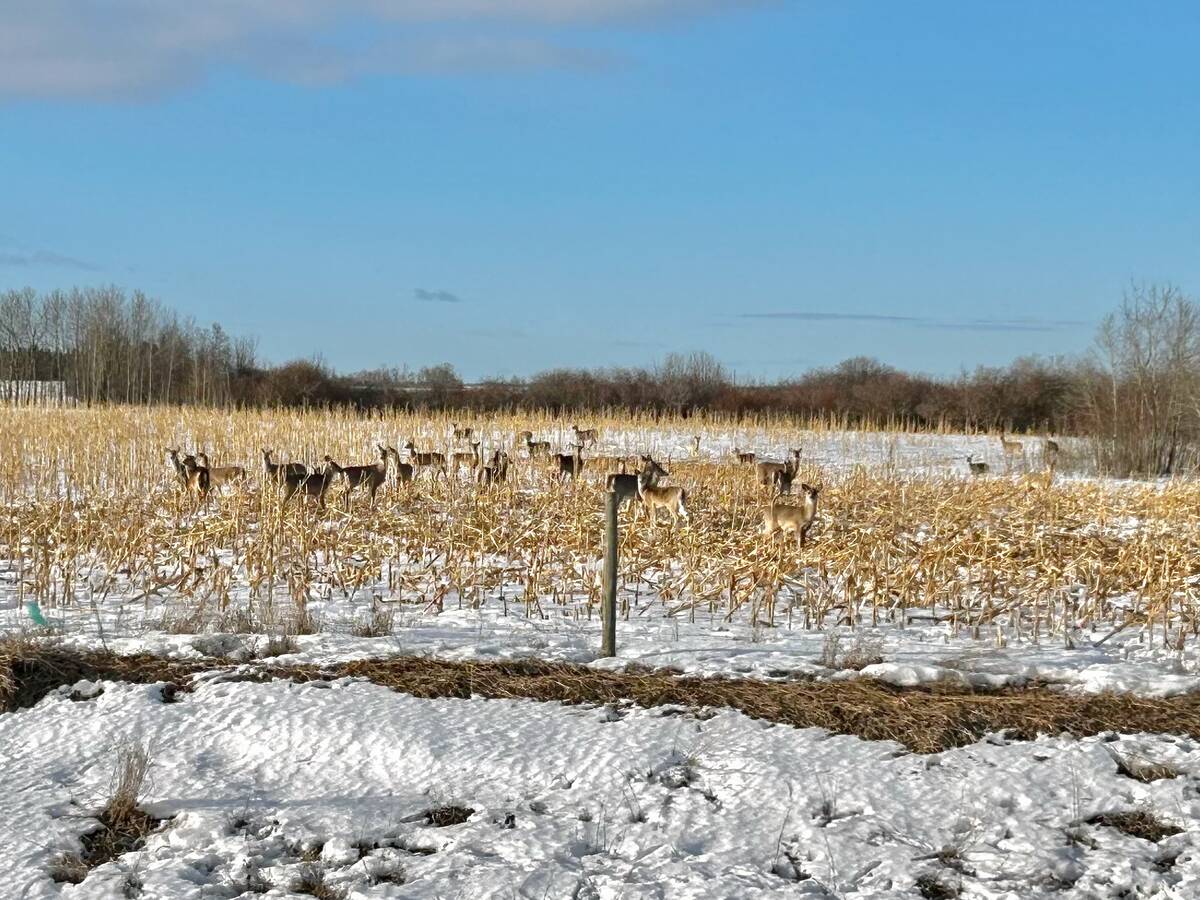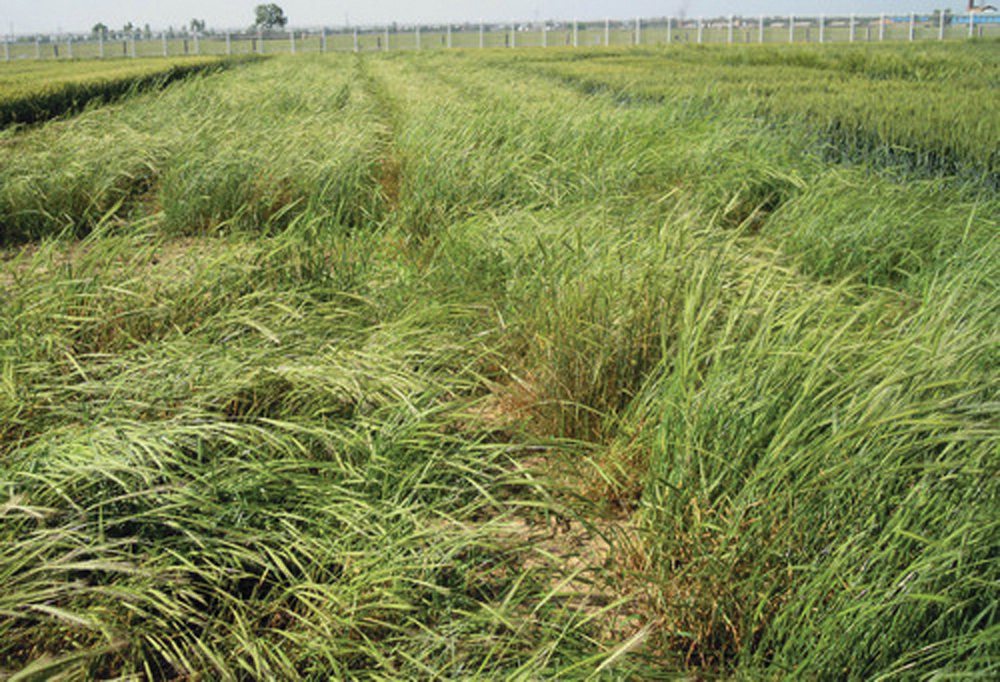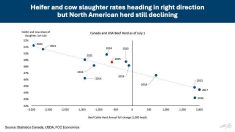Few crops are more important and more genetically complex than bread wheat.
It feeds more than a third of the human population and is adaptable to a wide range of climates.
It’s also a complex ‘hexaploid’ that contains three subgenomes (dubbed A, B and D) from parent plants, making its genetic package larger, more complex and harder to decipher even with modern genetic tools.
Chinese researchers recently announced they’ve cracked an important part of this code by producing a high-quality genetic sequence of the A genome, which comes from the ancient wild einkorn grain parent line.
Read Also

Five new CWD cases confirmed in Manitoba
Chronic wasting disease (CWD) has been found in five more Manitoba deer, including in two new municipalities without previous cases of the disease.
A key laboratory of the Chinese Academy of Sciences used the latest available technology to create the genetic ‘map.’
What they found was that this parent line had been disrupted during the evolutionary process far more than other common grains like rice and sorghum. Further analysis showed that “… four large chromosomal structure variations occurred during wheat evolution.”
In particular they found that various early wheat variations from the Fertile Crescent formed three distinct groups with different climatic, geographic and disease resistance adaptations.
The genetic sequence will also form the foundation for further study of the multiple subgenomes present in the crop and systemically studying the genome evolution and genetic variations in wheat and other related grasses. That may lead to future discovery of genes that infer important traits that will result in wheat that enhances global food security and makes wheat production more environmentally sustainable.
The study was recently published in the journal Nature.















